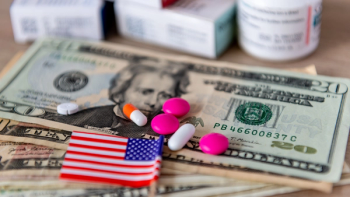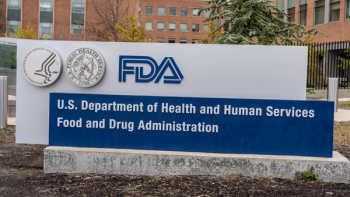
ePharma Summit: Turning Big Data into Better Content
If a patient or physician encounters pharma-created content that doesn’t pop with relevance or utility, it doesn’t matter how multitudinous the channels are that carry it.
Physicians and patients are more intimately engaged with their digital devices than ever before, but the content pharma delivers is either rigidly scientific or numbingly bland. Can stronger analytical processes and more data produce a scalable human voice for individual customers?
If a patient or physician encounters pharma-created content that doesn’t pop with relevance or utility, it doesn’t matter how multitudinous the channels are that carry it. There is no patience online for bad content.
Pharma has the resources to create, or hire someone to create, great content. But the problem is that great content lies in the eye of the content beholder. Complicating matters further, that single set of eyes may find certain content relevant or useful in one channel on one day, but may have different needs or expectations in another channel, next week. Digital marketers hope the answer to the problem of effective mass personalization – a term that reads like an oxymoron – is big data and better analytical tools for parsing it. If enough data is compiled about a given patient, for example, it follows that sophisticated, real-time analytics will be able to predictably advise brand managers on precisely what information a patient needs at any stage of her journey, in whichever channel she prefers.
Needless to say, that level of sophistication hasn’t yet occurred in the healthcare industry. Speakers at the ePharma Summit in New York this week appear hopeful that it will happen soon, but many acknowledged the organizational changes that need to happen first.
Continuous questing for new data streams can be a quixotic endeavor, leading to “analysis paralysis,” said Nancy Phelan, VP, customer strategy and operations at Bristol-Myers Squibb. Internally, pharma needs to “think differently about the talent and skill set” needed on the commercial side, and organizations must liberate digital marketing from fixed events like budget cycles and calendar-based points of action (POAs). Companies should institute “real-time processes and decision-making” for digital marketing execution, said Phelan.
On a mobile health panel, Sharon DeBacco, senior director, customer communications and operations at Ironwood Pharmaceuticals (and formerly an AstraZeneca consumer marketing leader and brand director on Nexium and Crestor), said “mobile is a marketer’s dream,” but it’s stuck on the fringes of healthcare, in wellness and fitness apps on the one hand, and in sensors and devices for critical care on the other. Missing is the middle ground patient and his chronic condition. From a content management standpoint, mobile can be “challenging and confusing,” acknowledged Scott Wolf, EVP, sales, at Everyday Health. DeBacco said the challenge for mobile is how to combine the many transactional activities phones and tablets are typically used for, to develop first a greater understanding and then a unified program for consumers.
With regard to the future of professional promotion, “pharma needs to find its way back into doctors’ lives,” said Jordan Safirstein, an interventional cardiologist. “Taking a doctor out to eat and giving them journal articles is antiquated…it doesn’t work.” Sales reps are less effective today because “physicians have no say anymore in what drugs are on the formulary,” said Kecia Gaither, vice chairman, department of Ob/Gyn, director of maternal fetal medicine, at Brooklyn’s Brookdale University Hospital and Medical Center. “That decision comes from the chief financial officer,” and to a lesser extent, the head of pharmacy, she said.
Asked about what pharma can provide to physicians, Safirstein said embedding reference texts within EMRs is one opportunity. “The most common thing I see [in the hospital] is a resident walking down the hall, staring at a screen. Pharma must take advantage of this.” What about copay cards? “I’ve never heard a patient say, ‘Thank God you gave me that coupon card,’” said Safirstein, adding that the biggest innovation to the healthcare system in recent years was the launch of generic versions of Lipitor and Plavix.
Despite ongoing challenges in digital promotion on the consumer and professional side, 72% of the healthcare companies surveyed for a recent Best Practices report said they planned to increase their digital marketing budgets by more than 10% in the next two years. Even with additional resources, will pharma be able to craft relevant and useful messages for individual patients and physicians, and deliver them successfully? The best way to find out what questions a specific customer wants answered, right now, is to ask. The best way to meet that need is to provide an answer, fast. Whether big data, new technology and analytics can help pharma provide that kind of mass personalization – at an acceptable scale and in the context of strict regulatory controls – remains to be seen.
Newsletter
Lead with insight with the Pharmaceutical Executive newsletter, featuring strategic analysis, leadership trends, and market intelligence for biopharma decision-makers.





